1。朝鮮週三向韓國方向發射了 20 多枚導彈,其中至少一枚落在了對手緊張的海上邊界附近。

2。俄羅斯週三表示,將根據土耳其-聯合國斡旋與烏克蘭達成的協議恢復出口穀物,該協議在上個月暫停參與後確保黑海航線的安全。

3。據報導,一家中國生物研究公司最近在佛羅里達州購買了 1,400 英畝土地用於靈長類動物繁殖和檢疫,動物權利活動人士對此表示擔憂。
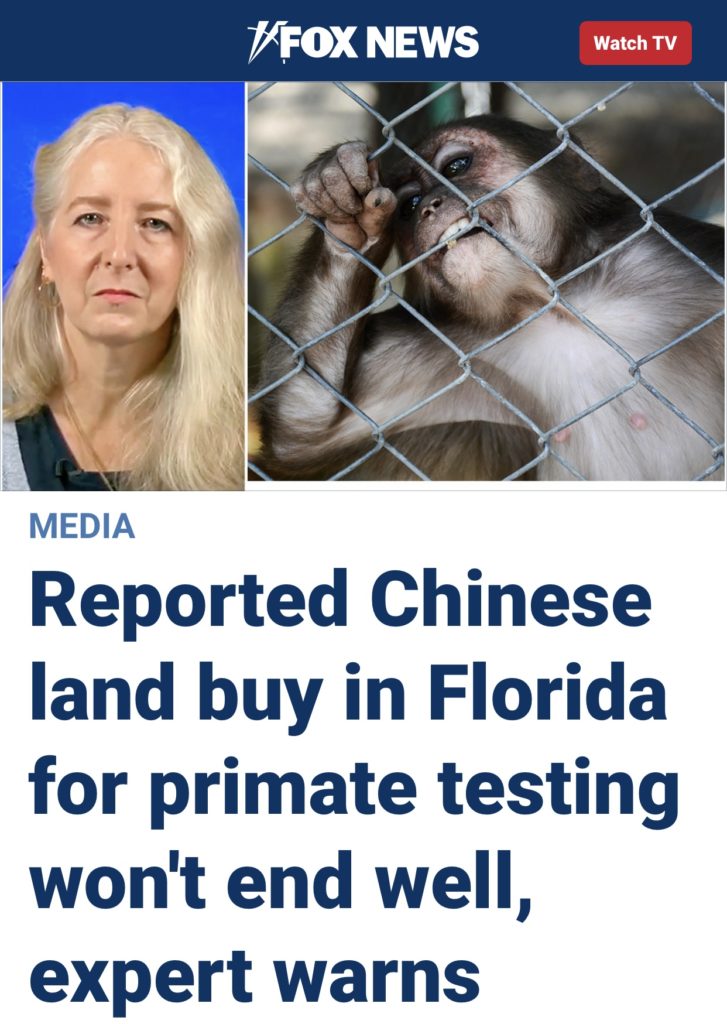
4。亞裔美國人的擁護者樂觀地認為,最高法院將對使用種族錄取的大學做出裁決,並一勞永逸地結束這種做法。

5。英國首相里希·蘇納克(Rishi Sunak)放棄了避开在埃及舉行的 COP27 氣候峰會的計劃,並於週三宣布,他實際上將在度假勝地沙姆沙伊赫與世界各國領導人會面。

6。隨著以色列86% 的選票被統計,所有跡像都表明本傑明·內塔尼亞胡及其右翼政黨集團將大獲全勝。

7。2022 年 FIFA 世界杯預選賽球隊分组如下:
A組:卡塔爾(H)、厄瓜多爾、塞內加爾、荷蘭
B組:英格蘭、伊朗、美國、歐足聯路徑A獲勝者
C組:阿根廷、沙特阿拉伯、墨西哥、波蘭
D組:法國、AFC-CONMEBOL冠軍、丹麥、突尼斯
E組:西班牙、CONCACAF–OFC冠軍、德國、日本
F組:比利時、加拿大、摩洛哥、克羅地亞
G組:巴西、塞爾維亞、瑞士、喀麥隆
H組:葡萄牙、加納、烏拉圭、韓國。
比赛从11/21 至 12/17(决赛)。

8。报道称,新圖像揭示了北京在有爭議的南海珊瑚礁上的軍事集結的全部範圍,包括核導彈的大砲、攻擊船和機庫。

9。衛星圖像顯示中國南方空軍基地正在进行隐蔽。衛星照片还顯示,中國正在擴大靠近南方重要海軍基地的空軍基地,增加第二條跑道、加寬的滑行道和兩個擴大的飛機停放區。

10。根據多位身份不明的美國高級官員提供的信息,俄羅斯高級軍事領導人最近进行了對話,話題是莫斯科如何使用戰術核武器來扭轉烏克蘭戰場上的挫折,以及何時可能發生這種情況。

11。隨著首爾努力成為國際武器銷售的更大參與者,韓國正在歐洲達成數十億美元的國防交易。這在美國國防工業中引起了一些不安。坦克、戰鬥機和火箭發射器的合同——所有這些都是在過去三個月內簽署的——正值歐洲各國首都在向烏克蘭運送自己的設備數月後希望補貨的時候。 通常向美國尋求新武器的東歐正越來越多地考慮從韓國購買,韓國表示可以更快、更便宜地交付它們。

12。10月2日(路透社) – 俄罗斯外交部周三表示,俄羅斯將召見英國駐莫斯科大使,稱英國專家參與了烏克蘭無人機襲擊其在克里米亞的黑海艦隊。

13。西方官員稱,伊朗正準備向俄羅斯運送包括彈道導彈在內的更多武器,以便在烏克蘭使用。
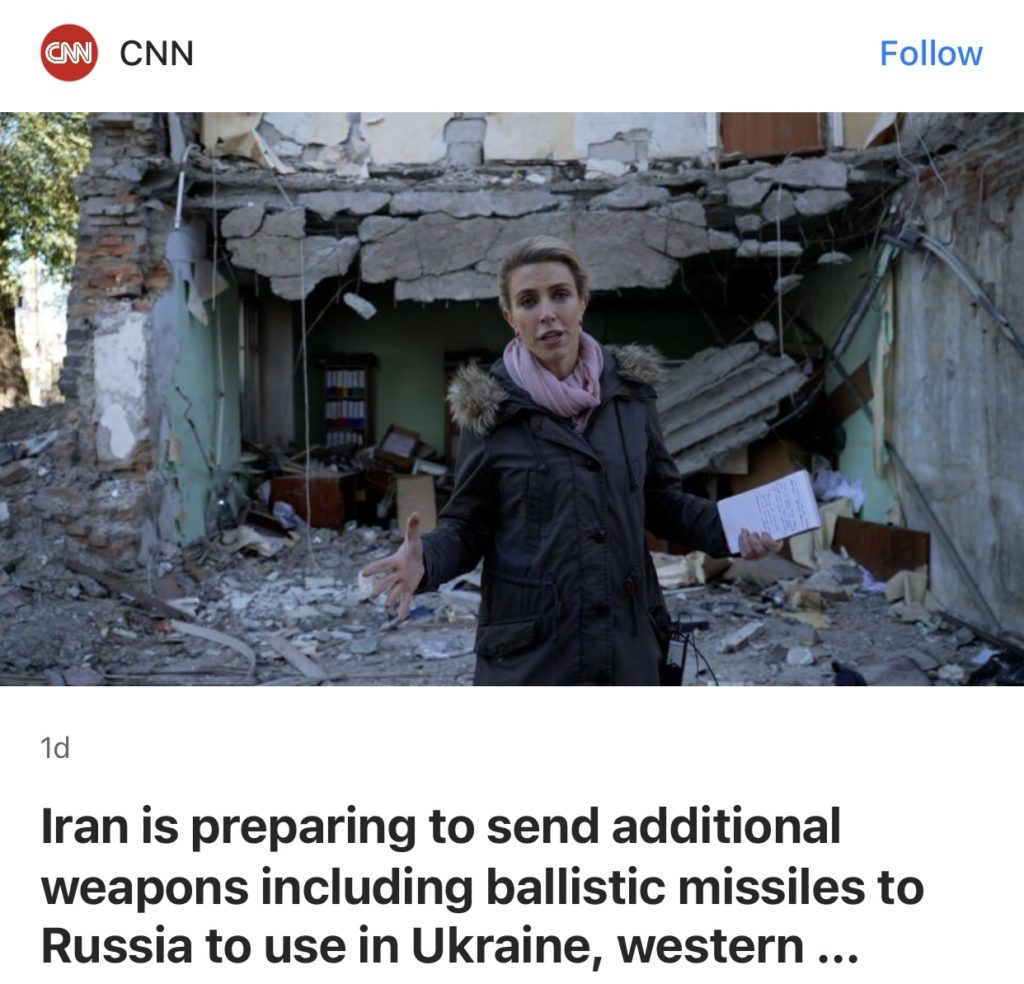
14。路透渥太華11月2日 – 加拿大廣播公司(Canadian Broadcasting Corporation)週三表示,在等待其記者獲得中國工作許可兩年徒勞後,將關閉其在北京的新聞局。
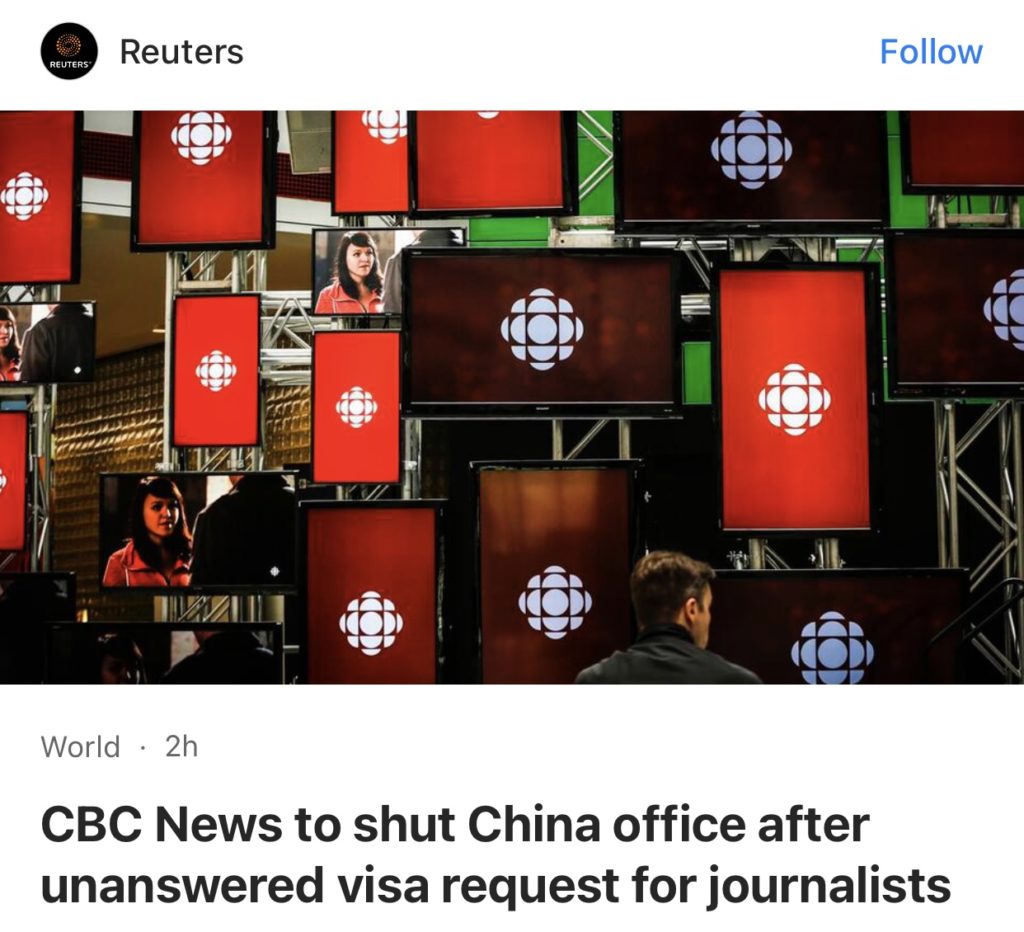
15。華盛頓(美聯社)——三名美國官員周二表示,沙特阿拉伯與美國官員分享的情報表明,伊朗可能正在為即將對沙特發動的襲擊做準備。

16。美国疫情
昨日美国新增新冠患者36,332人。新增死亡人数399人。
康州新增新冠感染412人,新增死15人
17。世界疫情
昨日印度新增新冠患者1,190人.
日本新增65,280人;
中国新增7,190人。
俄罗斯昨日新增新冠患者5,191人。
以下为华人服务广告区:

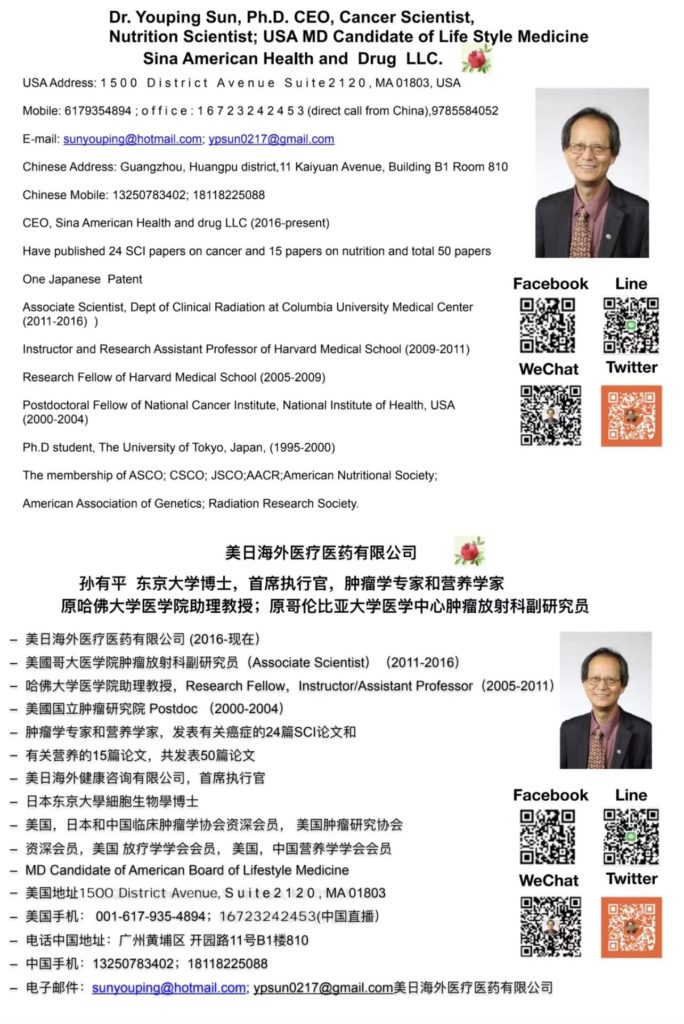

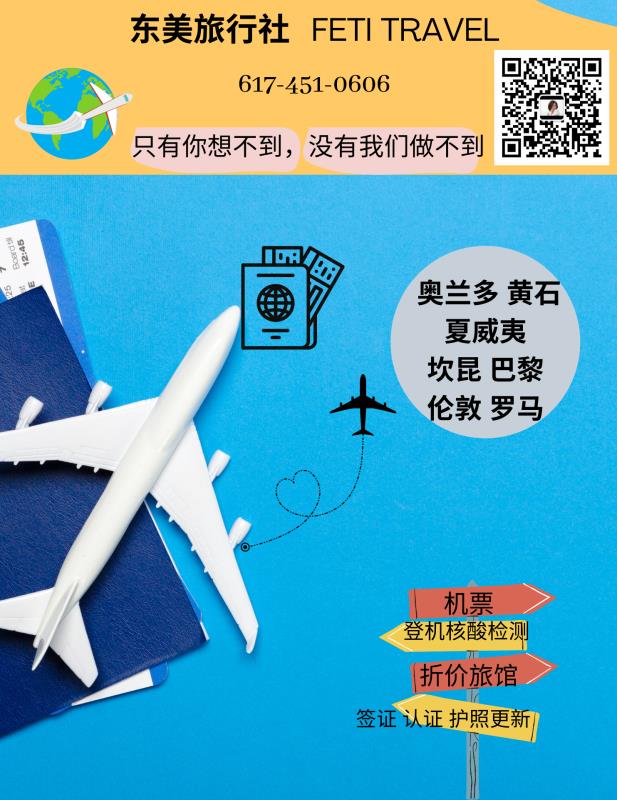


衷心感谢大家的支持!
顾震帝 2022年11月3日。
http://cjni.com/pages/igraty_v_poker_onlayn_russkiy_tehasskiy_holdem_na_denygi.html
https://telcoprofessionals.com/include/pags/1xbet_promo_code___welcome_offer.html
While manufacturers continue to tweak their products to overcome the stigma of ultraprocessed foods, nutritionists suggest consumers move forward in choosing products that help the planet — as long as they keep reading the nutrition label.
“I would look for something with a good fat composition in which saturated fat is less than a third of the total fat,” Willett said. “Some vegetable burgers made from peas and legumes can be quite starchy, which the body breaks down similarly to sugar, so I would prefer to see alternatives with more healthy fat, more nuts, more soy.”
[url=https://tripskan.org]tripscan[/url]
While the Dietary Guidelines for Americans call for a limit of 2,300 milligrams of sodium per day for adults, “the American Heart Association recommends a limit of 1,500 milligrams for adults over 50, which is the standard I prefer,” Willett said.
“Look for about 1 milligram of sodium per calorie, which is a pretty good criteria,” he added. “In general, salt and saturated fat are the two really important factors — along with something that’s flavorful or delicious, which is, of course, up to the consumer.”
https://tripskan.org
tripskan
One more key point from Willett: Before plant-based meats can truly help save the planet, they need to come down in price.
“These products are quite a bit more expensive, from what I’ve seen, than basic hamburger,” he said, “and we really need products that are price competitive with the beef and pork if we’re going to see them used on a daily basis, not just by people who can afford it.”
https://t.me/s/TeleCasino_1win
https://localizera.com/
What struck Scott Bennett most were the razor clams.
The long saltwater clams, resembling old-fashioned razors, normally burrow into sand to avoid predators. But when Bennett, an ecologist, visited South Australia’s Great Southern Reef last month, he saw thousands of them rotting on the sea floor.
[url=tripskan]https://trip-scan.info[/url]
“100% of them were dead and wasting away on the bottom,” Bennett told CNN.
Since March, a harmful algal bloom, fueled by a marine heat wave, has been choking South Australia’s coastline, turning once-colorful ecosystems filled with thriving marine life into underwater graveyards.
The bloom has killed about 15,000 animals from over 450 species, according to observations on the citizen science site iNaturalist. They include longfinned worm eels, surf crabs, warty prowfish, leafy seadragons, hairy mussels and common bottlenose dolphins.
tripskan
https://trip-scan.info
The algae have poisoned more than 4,500 square kilometers (1,737 square miles) of the state’s waters – an area larger than Rhode Island – littering beaches with carcasses and ravaging an area known for its diversity.
It’s “one of the worst marine disasters in living memory,” according to a report by the Biodiversity Council, an independent expert group founded by 11 Australian universities.
The toxic algal bloom has devastated South Australia’s fishing industry and repelled beachgoers, serving as a stark warning of what happens when climate change goes unchecked.
Once a bloom begins, there is no way of stopping it.
“This shouldn’t be treated as an isolated event,” Bennett said. “This is symptomatic of climate driven impacts that we’re seeing across Australia due to climate change.”
It all started back in March, when dozens of surfers at beaches outside Gulf St Vincent, about an hour south of state capital Adelaide, reported experiencing a sore throat, dry cough and blurred vision after emerging from the sea.
[url=https://trip-scan.org]трип скан[/url]
Shortly after, a mysterious yellow foam appeared in the surf. Then, dead marine animals started washing up.
Scientists at the University of Technology Sydney soon confirmed the culprit: a buildup of a tiny planktonic algae called Karenia mikimotoi. And it was spreading.
https://trip-scan.org
трипскан сайт
In early May, the government of Kangaroo Island, a popular eco-tourism destination, said the algal bloom had reached its coastline. A storm at the end of May pushed the algae down the coast into the Coorong lagoon. By July, it had reached the beaches of Adelaide.
Diverse algae are essential to healthy marine ecosystems, converting carbon dioxide into oxygen and benefiting organisms all the way up the food chain, from sea sponges and crabs to whales.
But too much of one specific type of algae can be toxic, causing a harmful algal bloom, also sometimes known as a red tide.
While Karenia mikimotoi does not cause long-term harm to humans, it can damage the gills of fish and shellfish, preventing them from breathing. Algal blooms can also cause discoloration in the water and block sunlight from coming in, harming ecosystems.
The Great Southern Reef is a haven for “really unique” biodiversity, said Bennett, a researcher at the University of Tasmania, who coined the name for the interconnected reef system which spans Australia’s south coast.
About 70% of the species that live there are endemic to the area, he said, meaning they are found nowhere else in the world.
“For these species, once they’re gone, they’re gone.”
It all started back in March, when dozens of surfers at beaches outside Gulf St Vincent, about an hour south of state capital Adelaide, reported experiencing a sore throat, dry cough and blurred vision after emerging from the sea.
[url=https://trip-scan.org]трипскан сайт[/url]
Shortly after, a mysterious yellow foam appeared in the surf. Then, dead marine animals started washing up.
Scientists at the University of Technology Sydney soon confirmed the culprit: a buildup of a tiny planktonic algae called Karenia mikimotoi. And it was spreading.
https://trip-scan.org
трипскан сайт
In early May, the government of Kangaroo Island, a popular eco-tourism destination, said the algal bloom had reached its coastline. A storm at the end of May pushed the algae down the coast into the Coorong lagoon. By July, it had reached the beaches of Adelaide.
Diverse algae are essential to healthy marine ecosystems, converting carbon dioxide into oxygen and benefiting organisms all the way up the food chain, from sea sponges and crabs to whales.
But too much of one specific type of algae can be toxic, causing a harmful algal bloom, also sometimes known as a red tide.
While Karenia mikimotoi does not cause long-term harm to humans, it can damage the gills of fish and shellfish, preventing them from breathing. Algal blooms can also cause discoloration in the water and block sunlight from coming in, harming ecosystems.
The Great Southern Reef is a haven for “really unique” biodiversity, said Bennett, a researcher at the University of Tasmania, who coined the name for the interconnected reef system which spans Australia’s south coast.
About 70% of the species that live there are endemic to the area, he said, meaning they are found nowhere else in the world.
“For these species, once they’re gone, they’re gone.”
It all started back in March, when dozens of surfers at beaches outside Gulf St Vincent, about an hour south of state capital Adelaide, reported experiencing a sore throat, dry cough and blurred vision after emerging from the sea.
[url=https://trip-scan.org]tripskan[/url]
Shortly after, a mysterious yellow foam appeared in the surf. Then, dead marine animals started washing up.
Scientists at the University of Technology Sydney soon confirmed the culprit: a buildup of a tiny planktonic algae called Karenia mikimotoi. And it was spreading.
https://trip-scan.org
трипскан
In early May, the government of Kangaroo Island, a popular eco-tourism destination, said the algal bloom had reached its coastline. A storm at the end of May pushed the algae down the coast into the Coorong lagoon. By July, it had reached the beaches of Adelaide.
Diverse algae are essential to healthy marine ecosystems, converting carbon dioxide into oxygen and benefiting organisms all the way up the food chain, from sea sponges and crabs to whales.
But too much of one specific type of algae can be toxic, causing a harmful algal bloom, also sometimes known as a red tide.
While Karenia mikimotoi does not cause long-term harm to humans, it can damage the gills of fish and shellfish, preventing them from breathing. Algal blooms can also cause discoloration in the water and block sunlight from coming in, harming ecosystems.
The Great Southern Reef is a haven for “really unique” biodiversity, said Bennett, a researcher at the University of Tasmania, who coined the name for the interconnected reef system which spans Australia’s south coast.
About 70% of the species that live there are endemic to the area, he said, meaning they are found nowhere else in the world.
“For these species, once they’re gone, they’re gone.”
What struck Scott Bennett most were the razor clams.
The long saltwater clams, resembling old-fashioned razors, normally burrow into sand to avoid predators. But when Bennett, an ecologist, visited South Australia’s Great Southern Reef last month, he saw thousands of them rotting on the sea floor.
[url=tripskan]https://trip-scan.info[/url]
“100% of them were dead and wasting away on the bottom,” Bennett told CNN.
Since March, a harmful algal bloom, fueled by a marine heat wave, has been choking South Australia’s coastline, turning once-colorful ecosystems filled with thriving marine life into underwater graveyards.
The bloom has killed about 15,000 animals from over 450 species, according to observations on the citizen science site iNaturalist. They include longfinned worm eels, surf crabs, warty prowfish, leafy seadragons, hairy mussels and common bottlenose dolphins.
трип скан
https://trip-scan.info
The algae have poisoned more than 4,500 square kilometers (1,737 square miles) of the state’s waters – an area larger than Rhode Island – littering beaches with carcasses and ravaging an area known for its diversity.
It’s “one of the worst marine disasters in living memory,” according to a report by the Biodiversity Council, an independent expert group founded by 11 Australian universities.
The toxic algal bloom has devastated South Australia’s fishing industry and repelled beachgoers, serving as a stark warning of what happens when climate change goes unchecked.
Once a bloom begins, there is no way of stopping it.
“This shouldn’t be treated as an isolated event,” Bennett said. “This is symptomatic of climate driven impacts that we’re seeing across Australia due to climate change.”